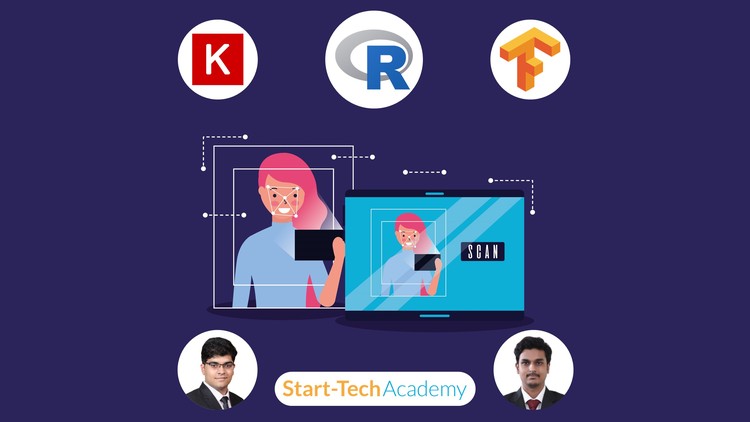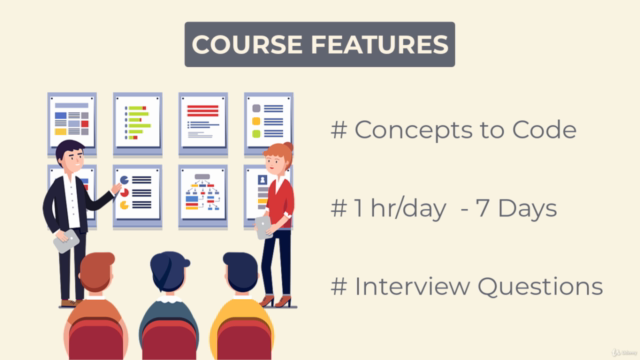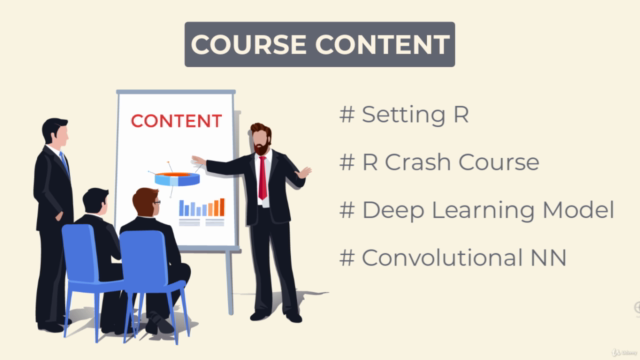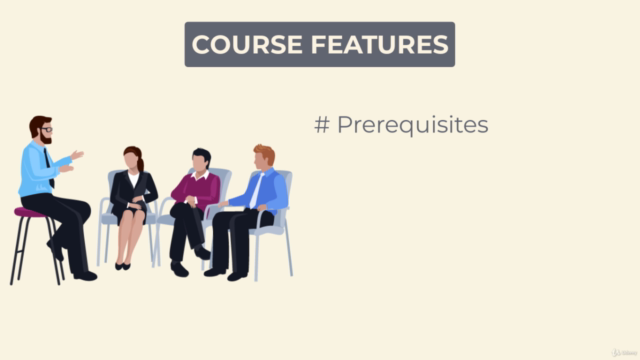Image Recognition for Beginners using CNN in R Studio
Deep Learning based Convolutional Neural Networks (CNN) for Image recognition using Keras and Tensorflow in R Studio
4.50 (318 reviews)

85,643
students
6.5 hours
content
Feb 2025
last update
$64.99
regular price
What you will learn
Get a solid understanding of Convolutional Neural Networks (CNN) and Deep Learning
Build an end-to-end Image recognition project in R
Learn usage of Keras and Tensorflow libraries
Use Artificial Neural Networks (ANN) to make predictions
Screenshots




Related Topics
2755960
udemy ID
1/13/2020
course created date
2/7/2020
course indexed date
Bot
course submited by